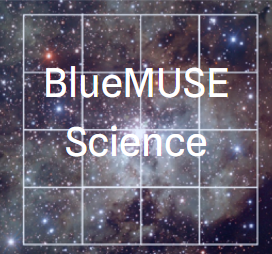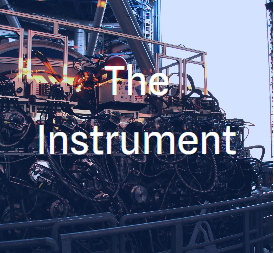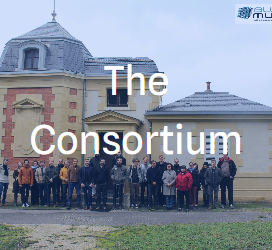BlueMUSE is an optical seeing-limited, blue-optimised, medium spectral resolution, panoramic integral-field-spectrograph, to be installed on one of the telescopes of the VLT on Cerro Paranal (Chile). The project is an evolution of the technology used on the very successful VLT / MUSE instrument, with a similar architecture and technology inovation, but with new and distinct science case enabled by its main characteristics:
- a wavelength coverage 350 – 580 nm
- an average spectral resolution R=4000
- a field-of-view higher than 1arcmin²
BlueMUSE will offer new and unique science opportunities in many fields of astrophysics, beyond those possible with MUSE. Among the science goals available with this new instrument, it will survey large sample of massive stars in our galaxy and the Local Group, study ionized nebulae, starburst and low surface-brightness galaxies. At high redshift, it would allow us for the first time to detect the IGM unambiguously in emission, as well as study the evolution of the CGM properties near the peak of the Cosmic Star formation history.
Project News
-
BlueMUSE Gate A2 – December 2024
BlueMUSE just passed its Gate A2 with attendance from the consortium members and the ESO follow up team. This important milestone allowed us to prepare to the next major milestone for the Project, the end of Phase A Review, planned for February 2025. We want to thank again everyone for their attendance and are looking…
-
BlueMUSE at SPIE 2024 Yokohama
Quite a few BlueMUSE team members have joined the SPIE Astronomical Telescopes and Instrumentation conference in Yokohama, Japan on June 16-21st. Highlights of the presentations and associated publications: Oral presentation on BlueMUSE – science drivers and overview of instrument design by J. Richard et al. – associated proceedings available here on arXiv Poster presentation on…
-
Phase A Kick-Off with ESO
We are pleased to announce that we had the BlueMUSE Phase A Kick Off at CRAL with ESO members. This first phase, that will last around 10 months will allow to validate our scientific goals, to develop a first design concept and to build a development plan for the future. This Kick Off is a…



